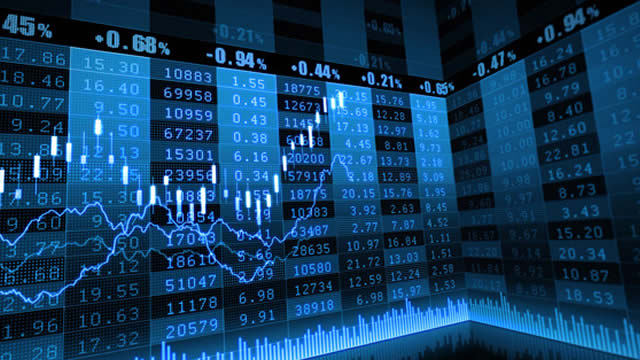The Consumer: The Driving Force of the US Economy
The consumer sector in the United States plays a pivotal role in fueling economic growth, accounting for approximately 70% of the overall activity. This dynamic makes it essential to closely monitor fiscal and monetary policies that can impact the purchasing power of individuals and, consequently, the health of the economy.
The Federal Reserve’s Precarious Position
One of the primary institutions tasked with shaping the economic landscape is the Federal Reserve. Prime Capital Financial’s Deputy Chief Investment Officer, Will McGough, recently shared his insights on the Federal Reserve’s precarious position in the current economic climate.
Hot Inflation Data
Hot inflation data poses a significant challenge for the Federal Reserve. Inflation, which measures the rate at which prices for goods and services increase, has been on the rise. This trend is concerning because it can erode purchasing power and potentially stifle economic growth.
- Higher prices for essentials like food, energy, and housing can put a strain on household budgets.
- Businesses may pass on higher costs to consumers, leading to further price increases.
- Inflation can also impact investor sentiment, potentially leading to a sell-off in the stock market.
President Trump’s Tariffs
Another factor complicating the Federal Reserve’s decision-making process is the ongoing trade tensions and tariffs implemented by the Trump Administration. These tariffs have led to increased costs for businesses, which can ultimately be passed on to consumers.
- Higher costs for businesses can lead to lower profits and decreased investment in growth initiatives.
- Consumers may pay more for goods due to tariffs, reducing their disposable income.
- Trade tensions can also create uncertainty and instability in the global economy, potentially impacting consumer confidence.
Higher Energy Prices
Lastly, higher energy prices are adding to the inflationary pressures the Federal Reserve is facing. With oil prices on the rise, consumers can expect to pay more for gasoline, electricity, and other energy-related products.
- Higher energy prices can put a strain on household budgets, reducing disposable income.
- Businesses may also face increased costs, potentially leading to higher prices for consumers.
- Energy price increases can also impact global economic growth, particularly in countries that are heavily reliant on imported oil.
The Impact on You and the World
So, what does all of this mean for you and the rest of the world? Here are a few potential implications:
For Individuals:
- Higher prices for goods and services, potentially reducing purchasing power.
- Reduced disposable income due to increased costs for essentials like food, energy, and housing.
- Potential uncertainty and instability in the financial markets, which can impact retirement savings and investment portfolios.
For the World:
- Global economic growth may be impacted by trade tensions and tariffs, potentially leading to a slowdown in international trade.
- Inflationary pressures in other countries could increase, leading to potential instability in their respective economies.
- Central banks around the world may be forced to raise interest rates to combat inflation, potentially leading to a slowdown in economic growth.
Conclusion
The US consumer remains the driving force behind the US economy, making it essential to closely monitor fiscal and monetary policies that can impact their purchasing power. The Federal Reserve faces a precarious position, with hot inflation data, President Trump’s tariffs, and higher energy prices all contributing to inflationary pressures. These trends can have significant implications for individuals and the global economy, including reduced purchasing power, potential instability in financial markets, and a slowdown in economic growth. Stay informed and stay prepared!





